- Author Matthew Elmers [email protected].
- Public 2024-01-11 04:35.
- Last modified 2025-01-24 09:17.
("My Paris" Ilya Ehrenburg, 1931)
Armor and museums. So, you are a man, and all men are at least a little killer at heart, and now you need to get acquainted with his beauties. And since you have read Dumas since childhood, then you know that there is also the New Bridge, the Louvre, and the Luxembourg Palace - the former residence of Marie de Medici (“They will think that this is an allusion to the Queen Mother… - Athos grinned), and many what else. It is clear that one cannot help but visit the Eiffel Tower, one cannot help but try to at least enter the Louvre (standing there in line among the crowds of Chinese on a hot summer day is not a test for the faint of heart!) burned out! ). But what's next, and then so - you need to go to the Army Museum, which is located in the Invalides, which was established by Louis XIV himself to live on everything ready for the veterans of his wars.
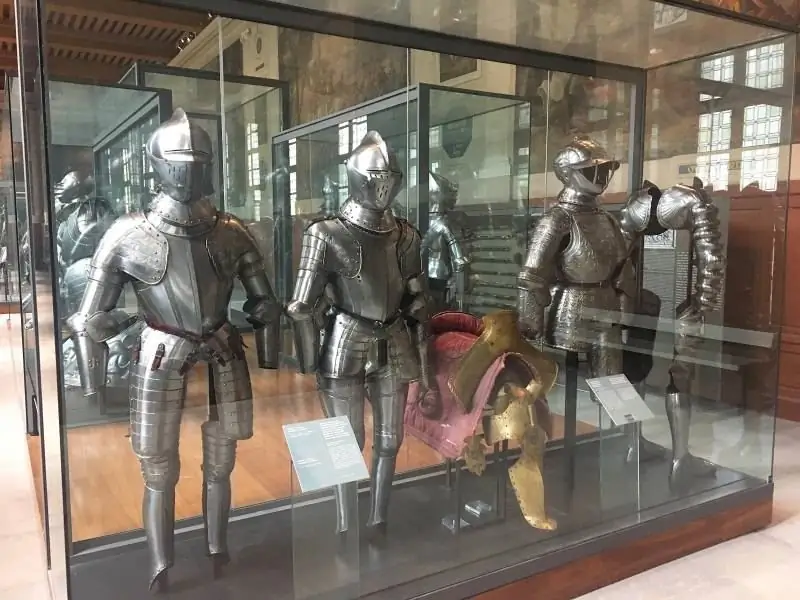
Here they are - "knights". Typical, so to speak, in our minds, the warriors of the Middle Ages, "chained in metal", from a textbook for the 6th grade. But alas, everything is not so in reality. Before us is the armor of the men at arms (although it may be quite knights in terms of their social status!) Of the 16th century, and the one that builds on the right is completely of the 17th, because he is wearing a bourguignot helmet.
Getting there is easy. Paris has a metro, and this museum is on all tourist maps. Some people advise buying a single tourist ticket and taking it by metro all day. Yes, you can. But … experience shows that for some reason these tickets are often demagnetized. And … you will have to explain at the box office what you bought, but for some reason this "thing" does not work. So it's better to be "like everyone else."


You approach the building, and … bronze cannons that have turned green from time to time are looking at you on both sides of the entrance. Go inside. There is a huge yard. Since my topic is knights, that is, "iron guys", then … and the story will be about them. The entrance to their exposition is at the end of the courtyard on the right. And there … there are huge long halls, of a very majestic appearance, in the center of which there are glass showcases of a very old model ("Mother, mother, mother …") in which there are armor and horsemen. The horses under them are not the same as in our Hermitage, that is, they are not covered with "skin", but are simply painted, but there are no bald spots on them either.
But we start with a small room, where armor and weapons of the Bronze Age and the Early Iron Age are exhibited. And here, although there are not many exhibits in the hall, we will have something to see.
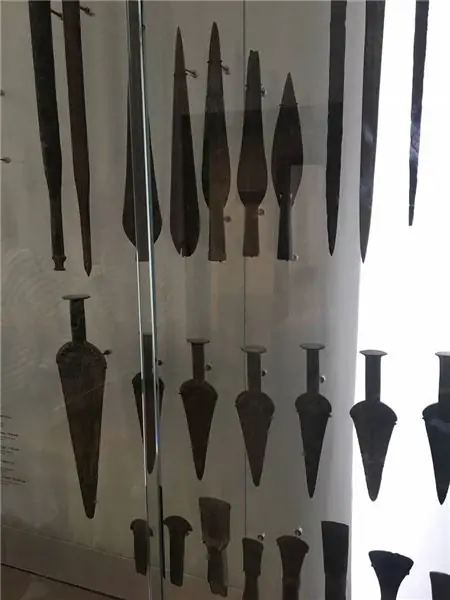
Moreover, please note that not all daggers have bulging rivets in the place where the blade passes into the handle. Why are they, after all, the blade is molded together with the handle? And this is evidence of inertia, the terrible inertia of human thinking. At first, only the blade itself was metal, and the handle was wooden. And the blade was inserted into the slot of the handle and fastened with rivets with convex heads. But … when there was a lot of metal and the handles were cast at the same time as the blade, the rivets remained. And for millennia, the design of bronze swords and daggers has not changed!


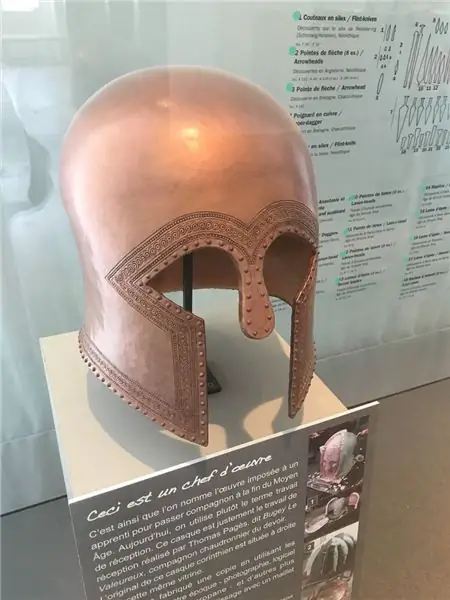
And here's another thing that I always really like and that it's time to make it a mandatory element of the exposition of EVERY MUSEUM, including museums in our country: there is a remake of such an ancient Greek helmet. That is, you can see how this something, which has turned green with time, looked new. And, you must admit, you immediately begin to treat all these findings differently. And, of course, it would be ideal if there was immediately the address of a company that can make a copy of any of the exhibits exhibited here for an appropriate fee.
The problem here and in all other museums everywhere is that if we go further and further from the present into the past, then we will have a problem with the exhibits. Why, for example, are there so many bronzes in museums? Because people were buried with her! And in the Middle Ages there was Christianity and people were buried in shrouds. Therefore, there are very few iron products of the Early Middle Ages.
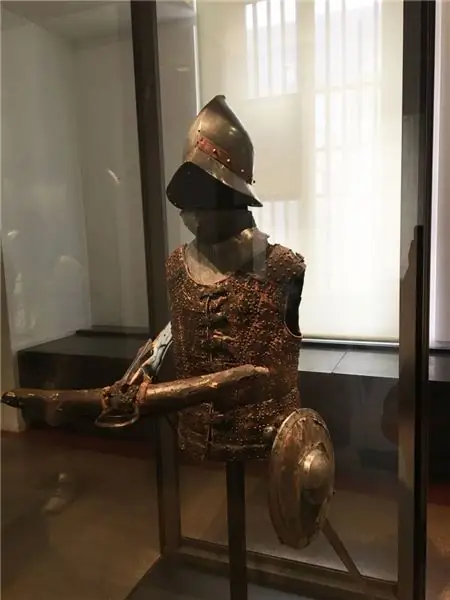
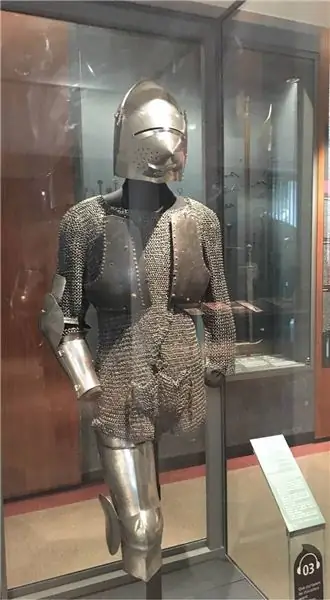
Unfortunately, the decoration of the museum is old. That is, old, albeit beautiful, showcases, disgusting, old, illumination and … traditionally executed signatures, where, however, there is text not only in French, but also in English, and in German, but … but - the description of the exhibit itself is made in French.
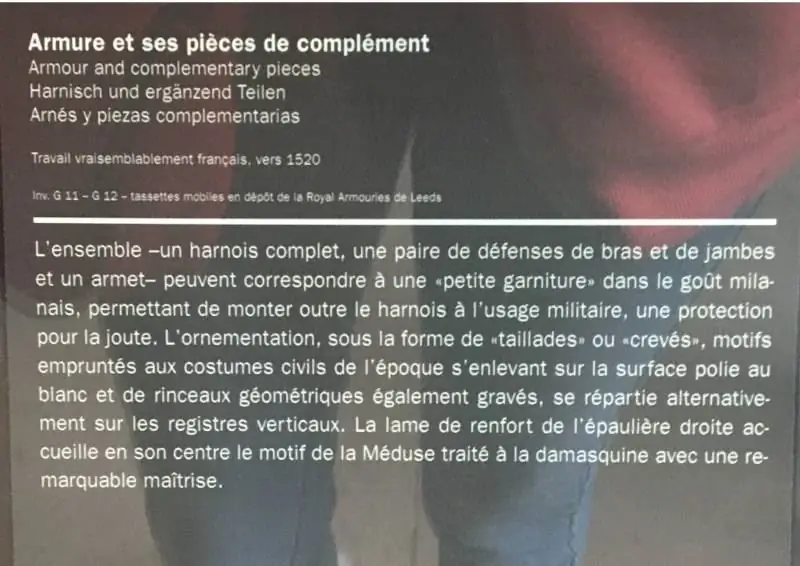
And if you do not know French and the history of chivalry, then short inscriptions in English will tell the visitor little. This is the big drawback of this museum. Very big! The Vienna Arsenal is not so arranged, where the bulk of the armor is exposed openly and the illumination is beautiful. True, there are also equestrian figures of knights here, but … for some reason they are extremely unsuccessful. That is, you cannot get to them in any way.

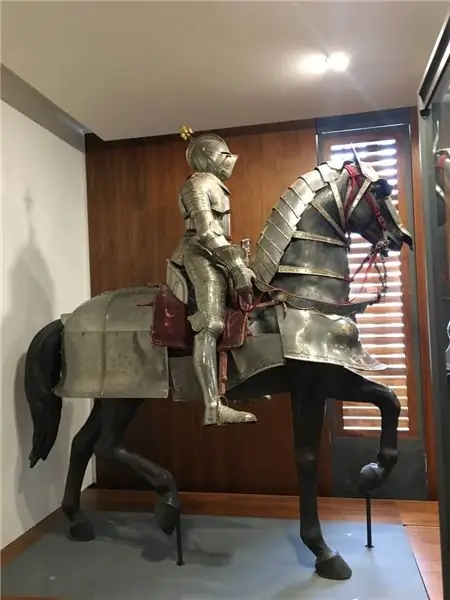

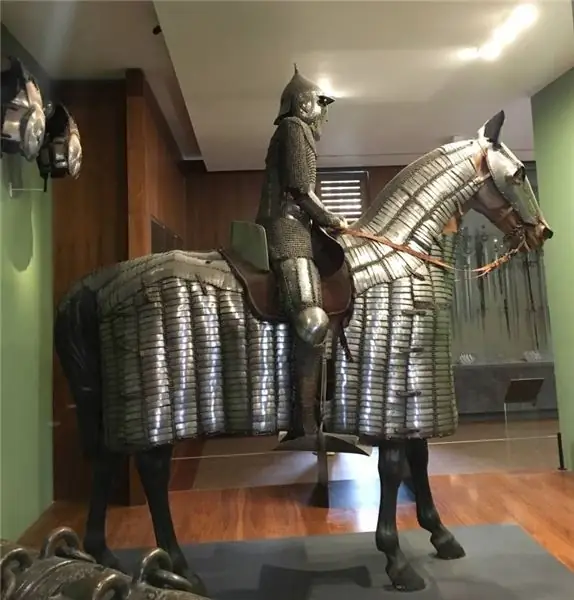
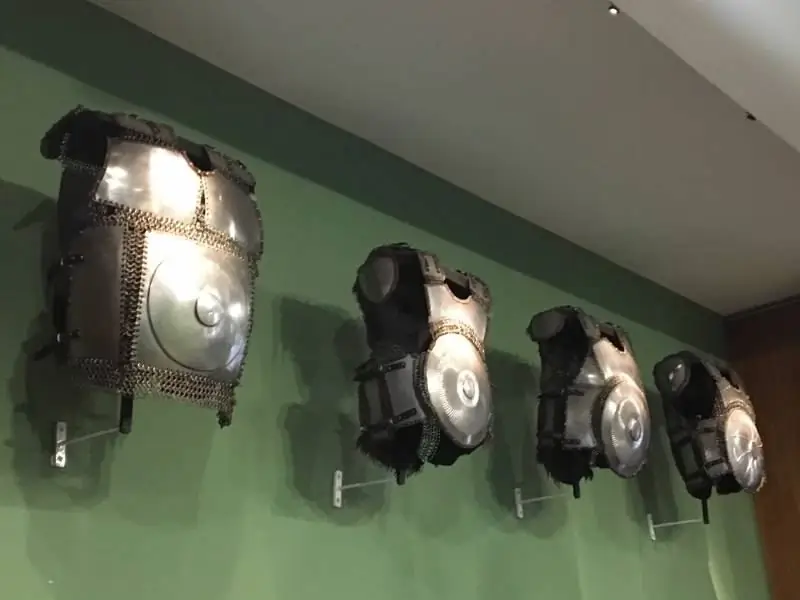
1500 year. A kind of the beginning of a "transitional period" (another!) In the history of armor. Sharp-toed shoes disappear and bear-paw shoes appear. There is a massive distribution of plate mittens in the form of mittens ("mittens"), and not gloves. Finally, the famous "Maximilian armor" appears with characteristic grooves all over their surface and … smooth greaves below the knees! There, the grooves, apparently, were no longer required. The first "costume armor" also appears, but they deserve a separate story …
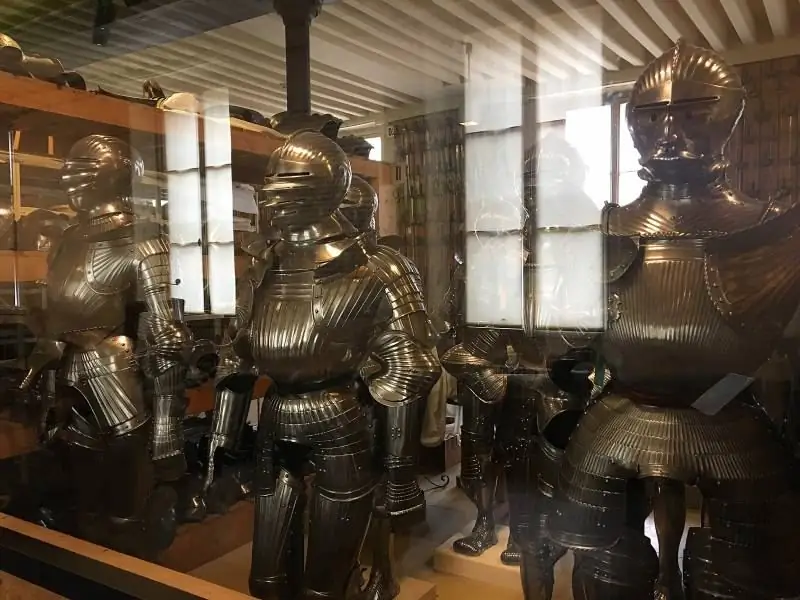
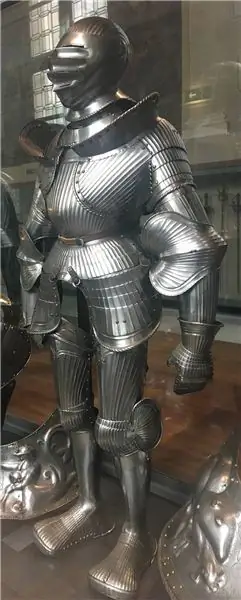
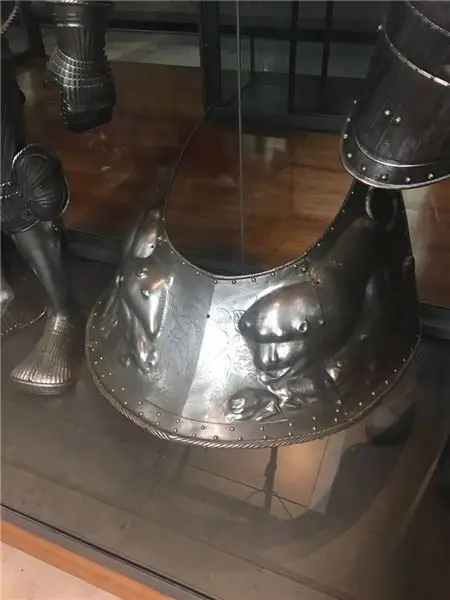
Of course, the Army Museum has a lot of armor for tournaments and, again, exactly those that appeared after 1500. And it's clear why! Their cost just went off scale. That is why they were very much taken care of and … that is how they have survived to our time. You can compare them with those that are exhibited in the Vienna Arsenal and it will become obvious that if earlier all the armor was strictly individual, now they began to be made almost by the flow method. And why? Yes, because no one really looked at the armor itself for the same Gestech or Rennen! We looked at the helmet decorations, lush ostrich feathers, horse blankets and … the pleated skirts of the riders themselves. Behind all this splendor, metal was practically not visible. But for those tournament armor that was used, so to speak, “naked”, you can see in the design etching, and engraving, and blackening, and gilding - all kinds of finishes, if only… it was “beautiful”!
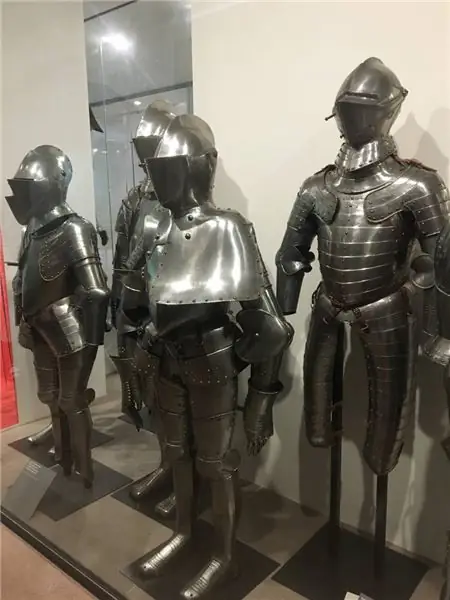
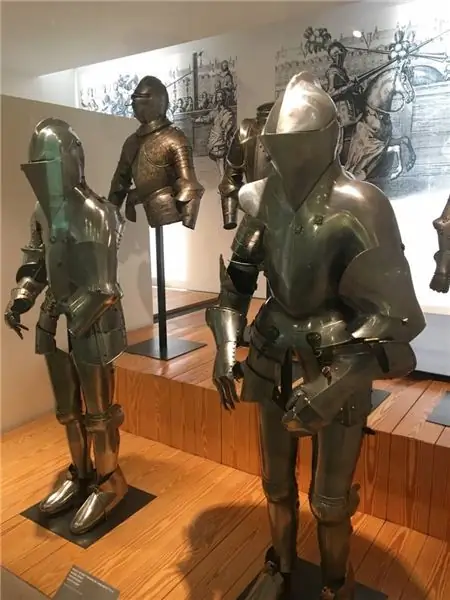
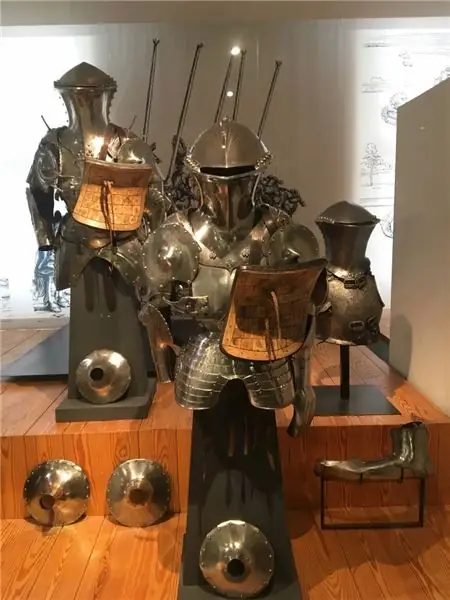
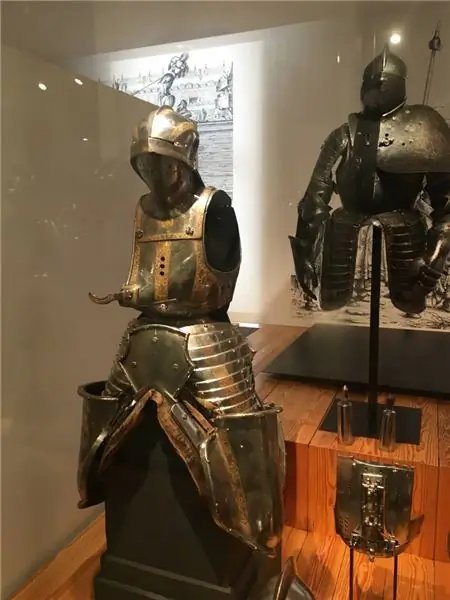
As you know, over time, the so-called "Italian rennen", that is, rennen with a barrier, has become very popular. The spears for this duel were lightweight, made of poplar wood. Therefore, they broke easily. It was during such a competition on June 30, 1559 that King Henry II of France was wounded. He had already defeated his three opponents, but he wished to fight also with Gabriel de Montgomery, lord de Lorge. And here, after the collision, a splinter of Montgomery's spear fell into the viewing slot of the king's helmet and entered him deep under his right eyebrow. Of course, it was removed, but the infection began, from which Heinrich died on July 10 of the same year. However, German tournaments were even more dangerous. For example, the same "free tournament" that used the "tarch with a grid". Here the sharp tip could no longer slip off it, as a result of which the rider would certainly fly out of the saddle from a correctly directed blow.
To prevent the loser from damaging his kidneys when falling, the saddle for this type of tournament did not have a back bow. Thus, nothing prevented him from falling off the horse. But what was it like for him to fall to the ground (even on the sand!) In armor weighing up to 50 kg?
Around 1515, the legs in tournaments completely ceased to protect, using dilge shields attached to the saddle to cover them. But … the weight of the armor itself did not decrease. Liliana and Fred Funken, for example, write that the weight of such armor began to reach 70 and even 80 kg. But the weight of the spear could be equal to 12-15 kg!
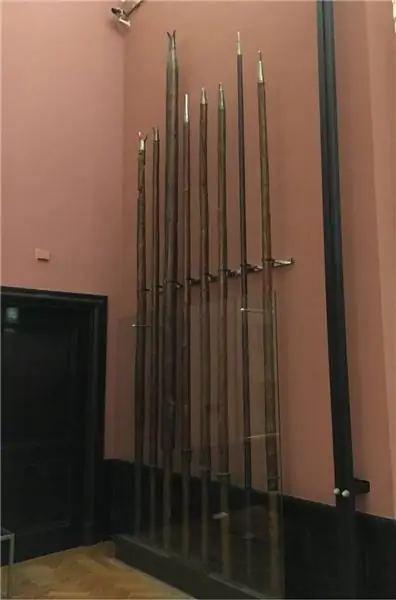

As for the genesis of combat armor, corrugated armor was abandoned in Italy around 1520, and around 1540 in Germany. But around 1530, plate gloves with movable fingers again come into fashion, so that it would be more convenient to shoot from a pistol. Around 1550, the front part of the cuirass acquires a characteristic wedge-shaped shape, and split legguards appear instead of the old "skirt". That is, it is very easy to distinguish late armor from early ones. There is a "skirt" made of hoops, making it look like a kind of tourist folding cup - armor of the 15th century. There are legguards with a cutout for "manhood" - it means already the 16th century. and not just the 16th, but after 1550!
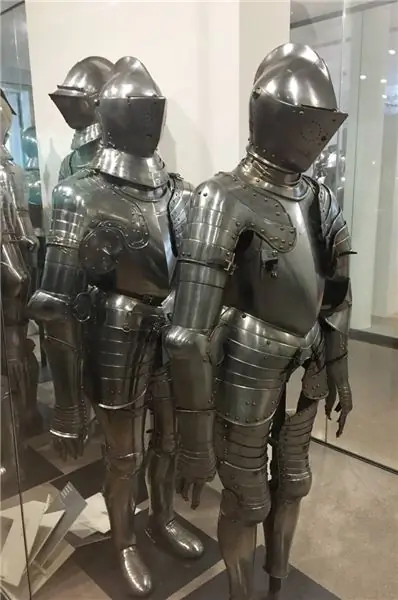
Around this time, or even a little earlier, armor covered with black or blue paint came into fashion.






